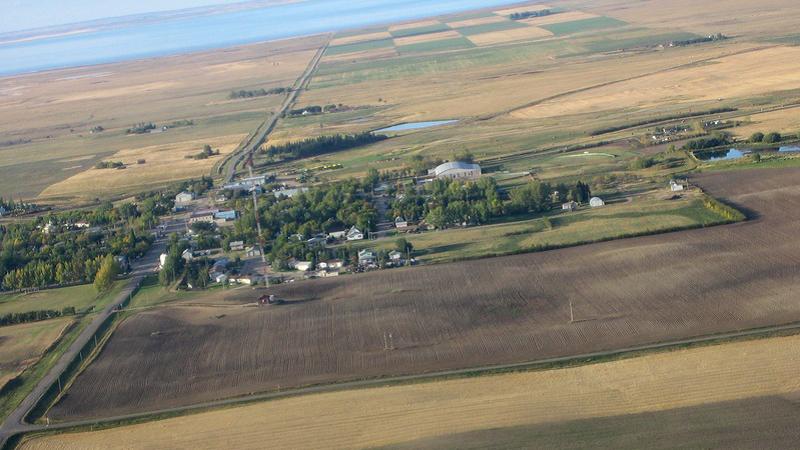
Farmland prices surge higher
Producers continue to struggle to find farmland for sale.
Farm Credit Canada (FCC) released the mid-year farmland values review. In the first six months of 2023, the national average growth rate for the price of farmland was 7.7 per cent.
FCC chief economist J.P. Gervais said limited land for sale has been driving farmland values higher over the last six months.
“With higher interest rates, elevated farm input costs and uncertainty regarding future commodity prices, producers are being cautious with their investments and capital expenditures,” Gervais said.


